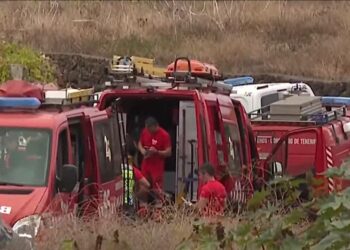In the weeks leading up to the conclusion of the conflict that commenced on April 25 and ended on August 12, 1898, the United States contemplated the prospect of seizing control of the Canary Islands. This evaluation was conducted via The Orotava in Tenerife. Historical documents from that era disclose that Undersecretary of Defence, Theodore Roosevelt, regarded Gran Canaria as a straightforward target for conquest, aimed at establishing a coal storage facility that could undermine the morale of the Spanish military forces.
A document entitled “Intelligence Memorandum”, signed in Paris on 16 July 1898 by Lieutenant William S. Sims, who was the US Naval Attaché in Europe at the time, disclosed that a “special agent in Madrid” informed that Spanish naval officials were contemplating the division of Cámara’s squadron, which would require splitting US forces. This report indicated that concerns in Spain regarding a potential invasion of the Canaries were focused on La Orotava, which is “near Santa Cruz de Tenerife, lightly defended and easily taken.”
William S. Sims, who would subsequently rise to the rank of admiral in the American fleet during World War I and later receive the Pulitzer Prize for History, possessed prior diplomatic experience through his tenure at the U.S. Embassy in Russia. This background furnished him with essential contacts and insights. Just two days after his suggestion to approach the Canaries via La Orotava, on 18 July 1898, he received a cable from a source on the islands, which was relayed to Rear Admiral Arent S. Crowninshield. This informant indicated that there were between 160,000 and 200,000 tonnes of coal present on the islands, although hastily assembled defences were in place due to a disorganised service and an ammunition shortage.
The report further articulated that while the islanders were not particularly fond of Spain, they harboured hostility towards both the United States and Britain. Additionally, it was noted that many would favour being annexed by France. Concerning the Spanish forces, the confidential cable mentioned the presence of 6,500 soldiers, along with four batteries of 24-centimetre cannons positioned between the port of La Luz and Las Palmas, complemented by an extra 5,000 personnel, excluding militia, dispersed across various localities such as Arucas, Gáldar, Telde, and neighbouring towns.
















